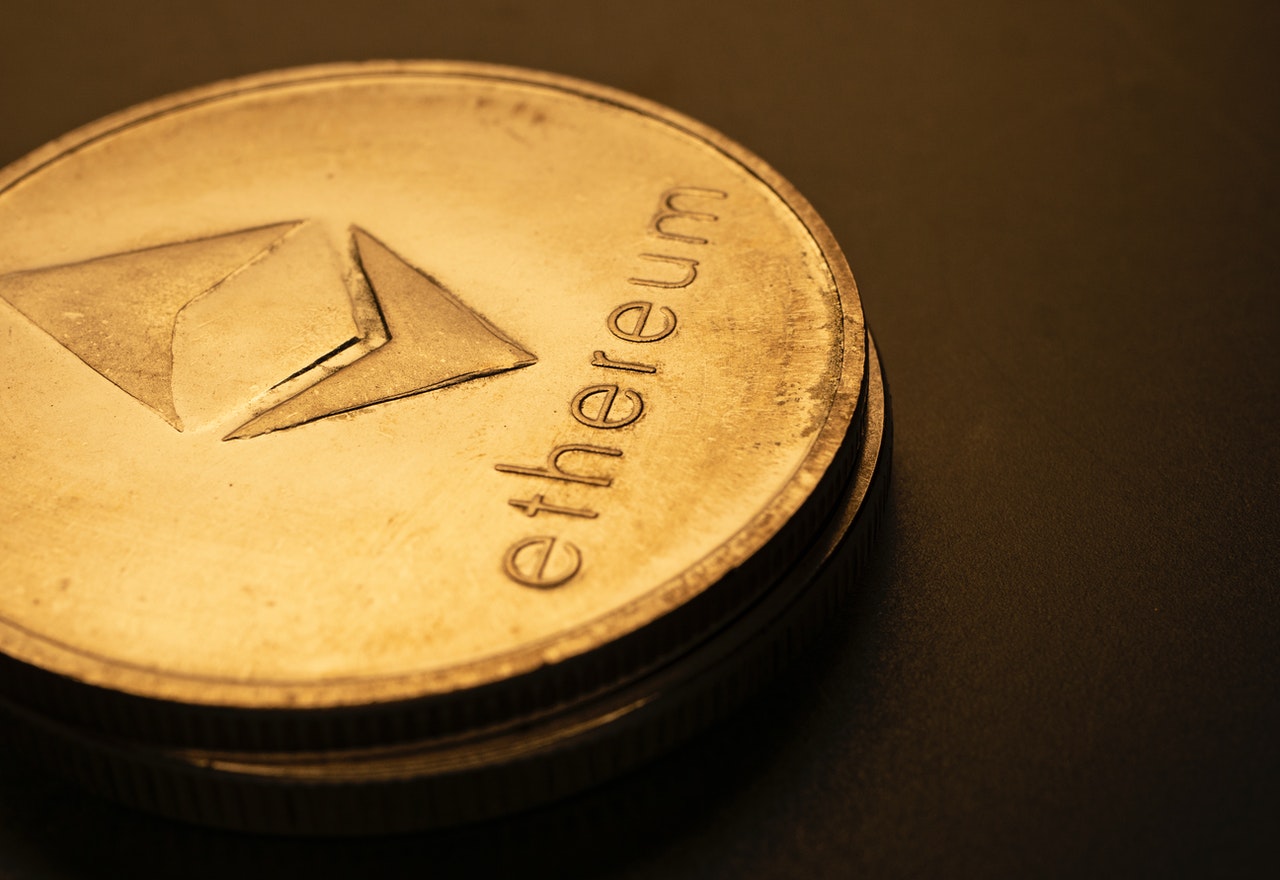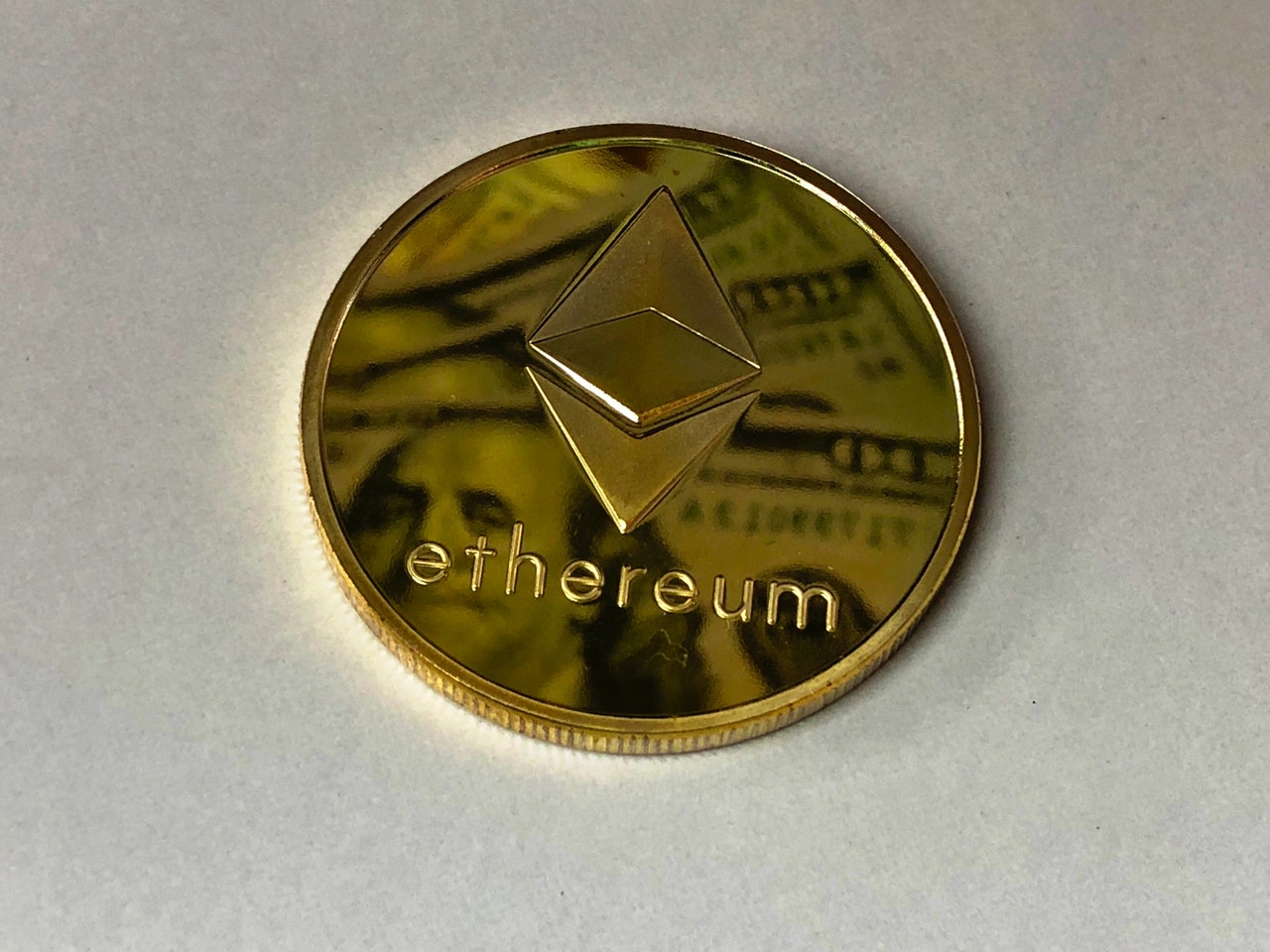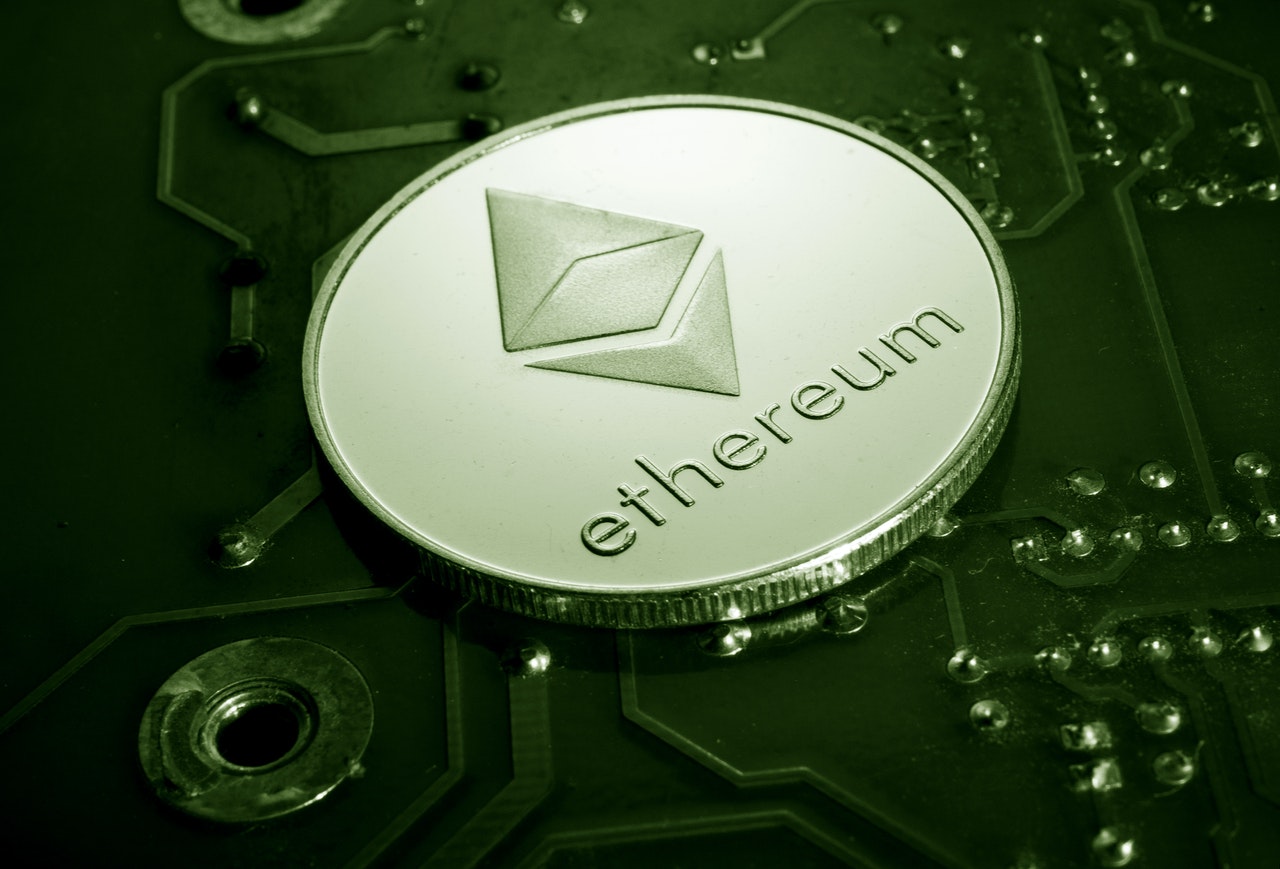Proof-of-Work (PoW), the consensus algorithm that most cryptocurrencies use right now, is a revolutionary achievement brought to us alongside Bitcoin (BTC) in 2009. It promised a world of secure transactions—those that were genuinely decentralized.
However, with the promises that Ethereum 2.0 (more on this later) plans to bring, a new player is entering the arena: Proof-of-Stake (PoS). Building upon the success of its predecessor, PoS provides a new way for people to mine crypto and verify transactions.
What is Proof-of-Stake?
In the PoW model, transactions are verified by miners—individuals on the network that use computational power to solve complex mathematical problems. The first miner to solve the problem is rewarded with newly-minted crypto and the right to add a block of transactions to the blockchain.
PoS validators (the equivalent of miners in the PoS system) stake money to attest blocks into existence instead of using computational power. By giving up a share of their own crypto, these validators make themselves readily available to be randomly selected to propose a block, which the other validators will have to attest to seeing.
Once enough attestations have been collected, the block is verified and added to the blockchain. Everyone who participated, both who proposed the block and all those who attested it, will be rewarded.
The PoS system, due to how it is designed, creates compelling incentives for good behavior and severe penalties for bad behavior. Remember, as a validator, you are staking your own money in the network and it could be taken away easily if you perform poorly.
Instead of paying for expensive and energy-intensive mining rigs, PoS validators just have to put in money. By fulfilling your duties as a validator, you’re rewarded for proposing and attesting blocks. If you don’t, you can get penalized.
Mainly, the PoS system promises users three upgrades to its predecessor:
- Accessibility: Instead of having to pay for a state-of-the-art mining rig, validators just have to stake their money. They can even join staking pools that will aggregate funds from other participants.
- Centralization: The elimination of the expensive mining rigs allows more people to become validators, opening the doors for anyone to participate.
- Scalability: Although the consensus algorithm doesn’t improve scalability, it allows developers to provide the necessary updates that will make crypto more scalable.
What is Ethereum 2.0?
 Ethereum 2.0 (ETH2) is the long-awaited update of Ethereum (ETH) that aims to change its consensus algorithm to a PoS system. Aside from that, it also seeks to improve ETH’s scalability and throughput.
Ethereum 2.0 (ETH2) is the long-awaited update of Ethereum (ETH) that aims to change its consensus algorithm to a PoS system. Aside from that, it also seeks to improve ETH’s scalability and throughput.
The current ETH network can support roughly 30 transactions per second. With the crypto prices and adoption continuing to rise, that speed simply won’t hold. ETH2 promises up to 10,000 transactions per second—and to do that, its developers are planning to implement something called shard chains.
Basically, shard chains will “split up” the blockchain, partitioning the ETH blockchain into 64 separate chains, each having the capability to process blocks. This way, blocks won’t have to be processed one at a time and the network won’t be as congested.
The rollout for the ETH2 update launched in December 2020, starting with the first of its three phases: Phase 0. This phase implemented the Beacon Chain, the update that stores and manages the registry of validators. Later on, the PoS system will be implemented while keeping the PoW chain running for continuity.
Phase 1, the next phase, is scheduled to roll out this year and will see the implementation of the shard chains we mentioned earlier.
Phase 2, scheduled to happen in late 2021 or 2022, will involve:
- Adding ether accounts, enabling transfers and withdrawals.
- Implementing cross-shard transfers and contract calls.
- Building execution environments so that scalable applications can be built on top of the new network.
- Bringing the ETH chain into ETH2 so that PoW can be turned off.
Ethereum as an investment tool
 Earlier this year, ETH reached an all-time high of just under 4,200 USD. Although prices have dipped a bit, it is still in the 3,000 USD range at the time of writing.
Earlier this year, ETH reached an all-time high of just under 4,200 USD. Although prices have dipped a bit, it is still in the 3,000 USD range at the time of writing.
With that being said, it is safe to say that Ethereum—the long-time second crypto in terms of market capitalization—could be a good investment tool. If you are having trouble choosing between BTC and ETH, remember that they both have their own sets of advantages and disadvantages.
Being the first-ever crypto, BTC still reigns supreme among all cryptocurrencies in terms of market cap. Its adoption is also on the rise and is considered to be more volatile, making it more appealing to investors.
On the other hand, ETH is a new kind of crypto that is also showing promising returns. Buying Ethereum has become a popular option for many investors because of the endless possibilities with its programmable system.
Both are highly liquid and ultimately, the choice is yours. In fact, why not invest in both and get the best of two worlds?
Looking ahead
Ethereum 2.0 and the promise of its PoS consensus algorithm could have big implications on the cryptocurrency space. However, there is no way to tell right before those updates come along. For now, we’ll have to wait and see how these events unfold.

I am Adeyemi Adetilewa, an SEO Specialist helping online businesses grow through content creation and proven SEO strategies. Proficient in WordPress CMS, Technical Site Audits, Search Engine Optimization, Keyword Research, and Technical Writing (Portfolio).
I help brands share unique and impactful stories through the use of public relations, advertising, and online marketing. My work has been featured in the Huffington Post, Thrive Global, Addicted2Success, Hackernoon, The Good Men Project, and other publications.

